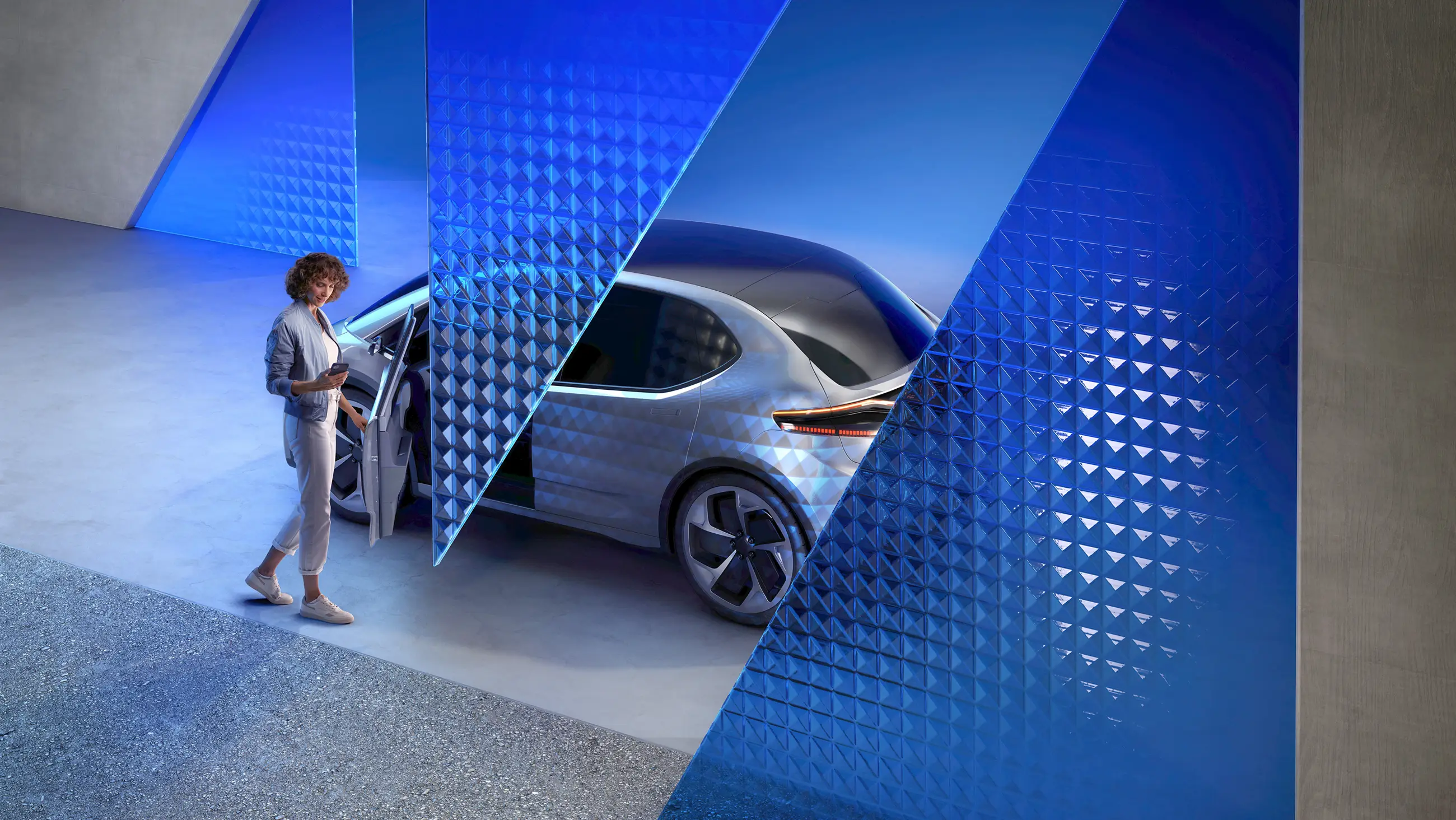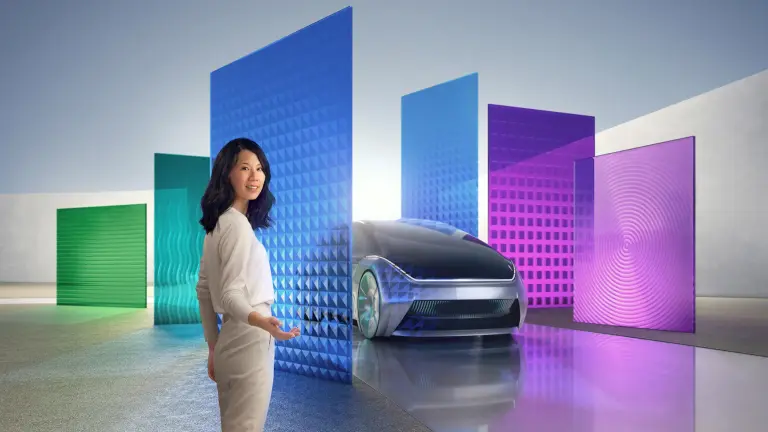In order to unlock the full potential of the powertrain, brakes, and steering, Bosch connects these systems. This central software coordination enables a harmonious interplay of the components and makes way for new functions and unique driving experiences that offer your customers greater safety, agility, and convenience.



